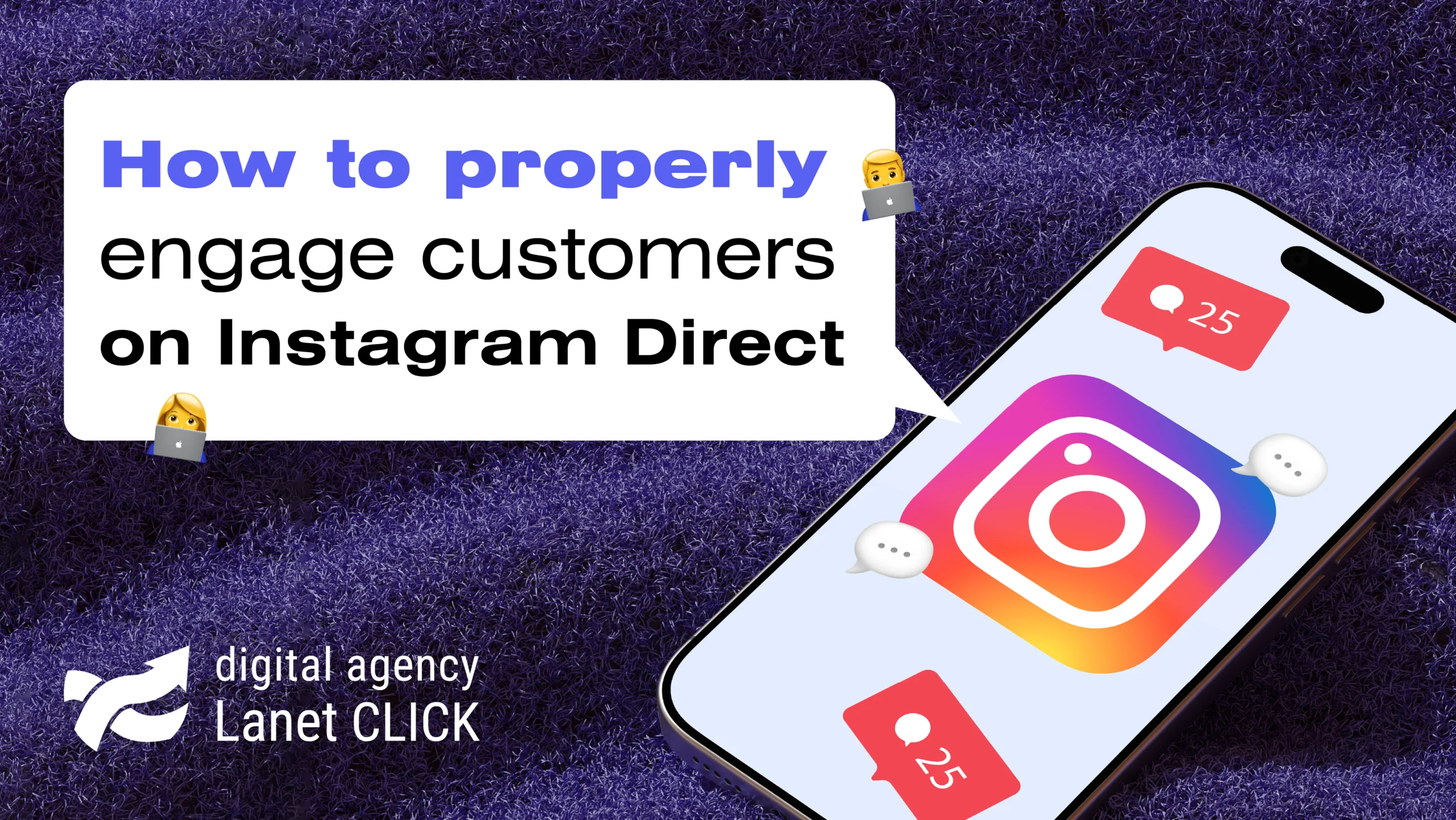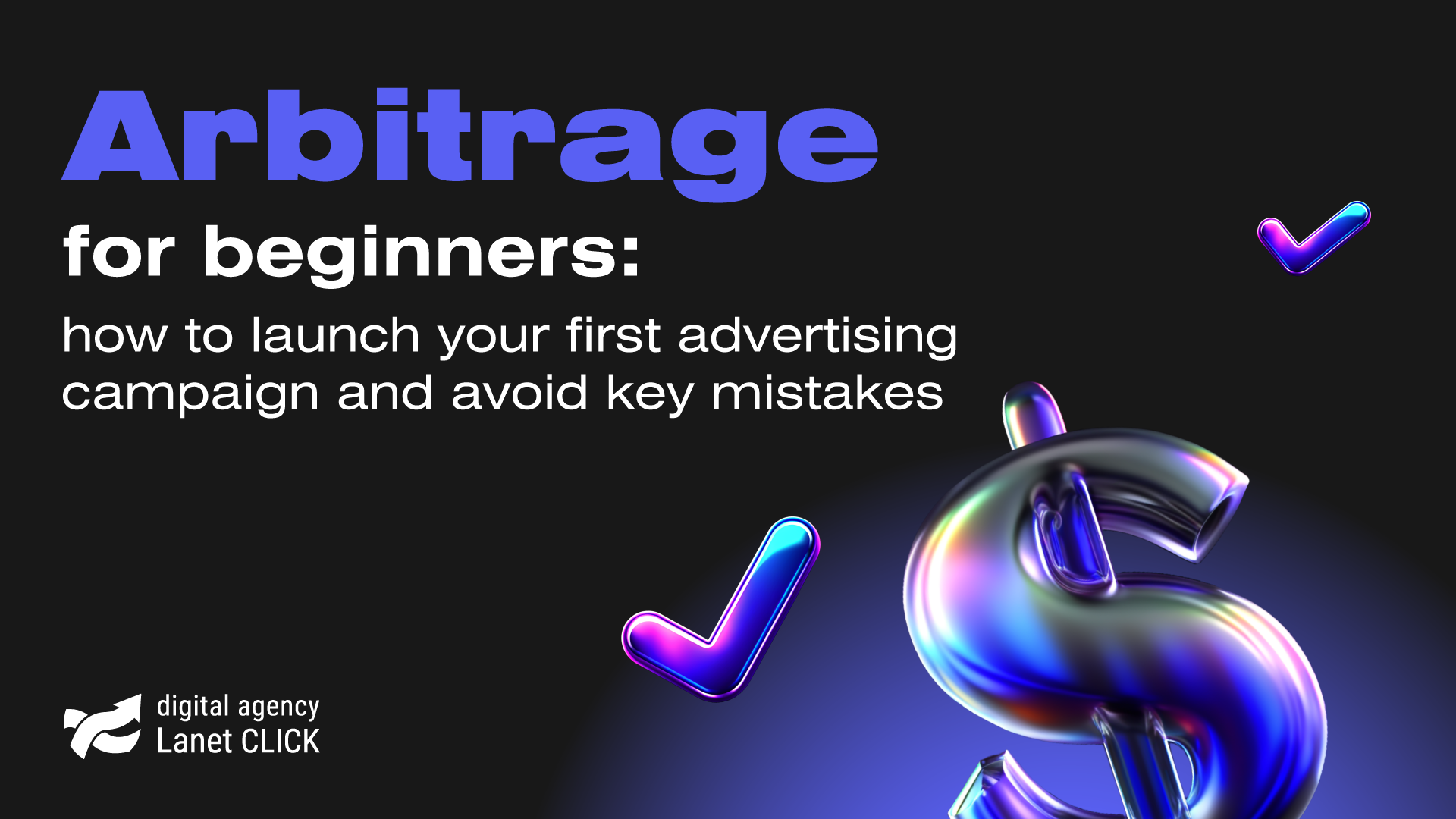
How to properly engage customers on Instagram Direct
Instagram Direct is an opportunity for businesses to build direct communication with customers, which many use for clarifications before making […]

A significant part of our perception is formed thanks to the subconscious. Unconsciously, while contemplating unfamiliar logos, objects, and inscriptions, an image is created in our head, and specific associations are formed. And what is interesting — our associations will be similar to other people’s associations. It works not only with visual perception but with auditory perception as well. At the same time, specific sounds in a person’s head are involuntarily given specific forms, too. This synesthesia of sound and form began to be explored at the beginning of the 20th century.
The German-American psychologist Wolfgang Kohler was the first to determine the associative dependence of sounds and shapes using an experiment. He conducted research on the Spanish island of Tenerife in 1929. Kohler showed the participants two figures — a sharp-angled one and a rounded one — and asked the audience which one was called «takete» and which one was called «baluba». He deliberately used sound combinations that did not make sense. Most respondents called the sharp-angled shape «takete» and the round shape — «baluba». Kohler’s experiment was continued by neurologists Edward Hubbard and Vilayanur Ramachandran. They conducted two studies in 2001. One is in the US among the English-speaking population, the second is among those who speak the Tamil language in India. The researchers changed the phonemes to «kiki» and «bouba» and asked which of the shapes was «bouba» and which was «kiki». 95% of people called «bouba» an oval shape and «kiki» — a sharp one. Canadian scientist Daphne Maurer and her colleagues conducted a detailed study with children aged 2.5 years and demonstrated that babies who do not yet know how to read associate sound with shapes in the same way. However, people with autism do not show such strong advantages. Only 56% of respondents with autism associate the sound of «kiki» with a sharp shape and «bouba» with a rounded shape. And people who are blind from birth, as experiments have shown, do not show a systematic effect of «bouba-kiki» when touching figures.
These experiments confirm that people attribute abstract meanings to shapes and sounds in the same way. Scientists Ramachandran and Hubbard suggest that the «bouba-kiki» effect indicates that the names of objects in different languages are not arbitrary at all. Most people will call the rounded shape «bouba» because to say the word, you have to pull your lips into a tube. In turn, for the sound combination «kiki», you need to curl your lips. Pronouncing the sound [k] requires more effort than when pronouncing [b]. This confirms the hypothesis that phonemes themselves carry meaning. The famous Swedish psychologist and specialist in non-verbal communication, Henrik Fexeus, assures the effectiveness of the «bouba-kiki» effect. In his book «When you do what I want: A book on influence», he believes that if a Swede were asked to determine which of the presented dozens of South American words refer to species of birds and which to fish species, then the correct answers would be 95%, even though that there is no similarity between the languages. The author notes that «most likely, we give names to objects and animals based on how their forms «sound» in our minds».There are differences between vowels as well. Short vowel sounds are associated with shortened objects, and long vowel sounds are associated with elongated objects. The «bouba-kiki» effect can manifest itself not only with a set of meaningless sounds but with real names too. An analysis by Canadian researchers David M. Sidhu and Penny M. Pecksman demonstrated that names with a higher proportion of rounded consonants are more likely to be female. In addition, the sound of a person’s name can affect how others perceive it. So, for example, people associate the name Molly with rounded outlines and the name Kate with sharp ones. «Round» names evoke the idea of ease in communication, while «sharp» names are associated with directness and sharpness. By themselves, the shapes of objects or logos affect a person in the same way. Thus, rounded shapes will be associated with benevolence and harmlessness, and rectangular shapes will be associated with professionalism, strength and some aggressiveness.
These experiments are studied in detail by designers, artists and those who create logos for brands. Almost all emblems of famous brands were carefully thought out before appearing worldwide. Let’s consider examples of how a logo’s shape (appearance) affects our subconscious:
But the designer is not limited by the form and font. They take into account the psychological impact of color too. Yes, the influence of color on human perception is significant. Different colors have different effects. For example, green is associated with peace and harmony. Red is one of the most aggressive colors. It can provoke anger and call to action. In turn, yellow, like the sun, is filled with warmth, therefore, it is associated with cheerfulness, happiness, and satisfaction. For many people, the purple color creates an image of luxury and looks quite mysterious, while white creates a feeling of self-confident people, it is also the color of purity and innocence.The influence of color on perception is taken into account not only while creating a logo. The color of the packaging and its appearance influence the formation of relevant associations too. Researcher Dichter experimented with coffee to explain how the color of the packaging affects the perception of the drink’s taste. He brewed a liter of coffee and poured it into four packages of different colors. One was brown, the second red, the third blue and the fourth yellow. The researcher asked people to determine which coffee has a taste and/or aroma based on the following criteria:
The results of the experiment turned out to be interesting:
The color can affect the perception of a product’s quality and the desire to try it.
Sound, shape, and color affect our associations. Therefore, for the product’s success and prevention of negative associations, you should carefully approach the issue of creating packaging, logo, slogan, etc.

Instagram Direct is an opportunity for businesses to build direct communication with customers, which many use for clarifications before making […]

User-generated content has become an effective digital marketing tool for increasing user engagement, building a loyal audience, and advancing search […]

Traffic arbitrage has become one of the most popular ways to advertise products or services online, attracting both experienced marketers […]
A good strategy, perfectly selected digital tools, and their effective application will allow the business to increase profits, grow the customer base, and form recognition and loyalty. Do you want something like that? Contact us.
You have taken the first step towards effective online marketing. Our managers will contact you and consult you soon.